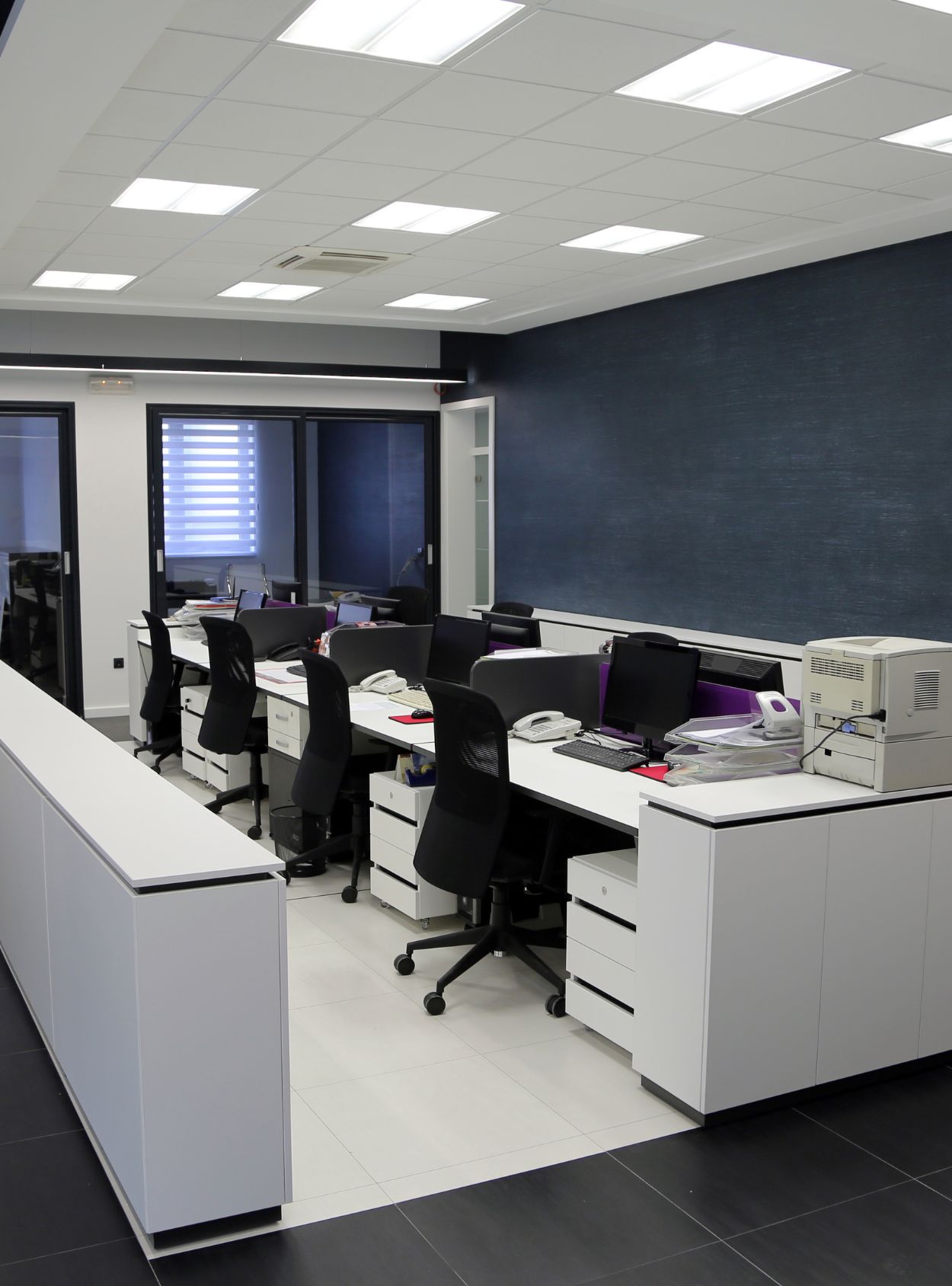Essential Tenant Control Systems and Strategies in Commercial Real Estate Leasing and Property Management
If you manage a commercial or retail property, you will know all too well that the tenants in occupancy can make or break the property’s performance for the landlord. The greater the number of tenants in the property mix, the larger the control problem.
When you are controlling tenants in an investment property, there are many things to watch and balance. Good tenant communications will help you stay on top of current issues and concerns.
It should be said here that some, if not most, tenants talk amongst themselves about many things; positive and negative issues soon escalate in momentum and awareness in any property. It’s the negative things that can get well out of control and impact property performance. If there is a problem in the property or with the tenant mix, staying close to the tenants and what they are doing, saying, and thinking is wise.
Tenant Control Tools
Here are some tips and ideas to help you stay ahead of those tenant concerns and ‘volatility’ factors:
- Know the tenants and their people – In any medium sized business there will be a few people that hold the controls of the business. Understand the roles and relationships with the business owners, managers, and staff. Who should you talk to and why is that the case? A simple conversation with the right people will put you on to a performance issue or concern that they may have with the property.
- Lease documentation – The leases in any property will be different; get to understand the critical date factors of the leases, and the essential terms and conditions that apply. Watch for the important lease factors that impact occupancy including outgoings costs, renewals, rent reviews, and permitted use factors.
- Regular meetings and minutes – You can keep ahead of current tenant concerns through meetings and face to face contact. Keep notes from all meetings and conversations; you never really know when you will have to fall back on those discussions.
- Emergency contact points – Who should you contact with any problems in emergency situations? There will be issues and concerns within the property at unusual times throughout the year. You will need to connect with certain tenants quickly and effectively. You will need to know who to talk to when it comes to an emergency and any access or injury issues.
- Maintenance matters and updates – When you are undertaking maintenance within the property make sure that you talk to the tenants in an effective and direct way. Let them know what’s happening when it comes to property upkeep and maintenance activities. Any issues that could impact tenant occupancy in the immediate proximity of any leased premises should be directly communicated to the impacted tenants. Tell them what’s happening before works commence. Any disruptive works should be undertaken out of office hours and business hours.
- Renovation and refurbishment – If the property is an investment for the long term for the landlord, there will be renovation and refurbishment issues to be planned and considered. As part of the renovation planning process, consider how the tenants can be involved and or get feedback as part of the project plan. Tell the tenants about the renovation strategies, the timeline, and the positive results from the project. Get them involved in a positive and direct way. Whilst the renovations may be disruptive, the end result is very likely to be a positive experience for tenants in occupancy. Tell the tenancy exactly how that can be of benefit to them.
- Lease matters and other occupancy documents – Every lease document should be reviewed and cross referenced for critical dates, issues of cash flow, tenancy covenants, and landlord actions. Understand the things that will occur as a direct result of every lease within the property under management. Capture all of the critical dates into a diary calendar system. Talk to the tenants well in advance about any dates that have an impact on their occupancy.
- Insurance certificates of currency – A tenant will have issues or potentially create issues related to risk and liability. As part of the lease documentation with any tenant, some of those risk issues will be covered by tenant related insurance and will be noted in the lease documentation. You will need certificates of currency to satisfy the landlord’s position under the lease when it comes to risk and liability.
- Risk and risk management – Get a risk assessment done in the property every six months to assess the landlords risk position and how tenants are impacting that. Fix any identified problems.
- Permitted use and existing use – Some tenants stretch the parameters of use when it comes to occupancy. They can do something that is against the original intentions of the lease. Inspect the tenant’s premises regularly so you know when they are stepping away from the ‘permitted use’.
- Critical dates from lease documentation – Track all the important dates in the leases. Discuss tenant critical dates well in advance so that you can make the right decisions without unnecessary pressure.
- Fitout approvals and plans – When a tenant takes up occupancy get copies of the plans and drawings that relate to the fitout. Make sure that all fitout configurations and specifications remain within the standards set for the building and the current building codes.
- Code compliances – Ensure that the current building and safety codes are complied with. To do that you will have to undertake regular inspections of the building and tenant areas to understand what’s happening and changing.
- Security and Access – Look at common areas and tenant areas for matters of security concern. Some of the key issues to watch will include lighting, locks, security passes or proximity cards, master key systems, safety, and tenant access controls into critical or confidential areas.
- Plant and equipment performance – How practical and serviceable are the plant and equipment factors for your tenants? Understand plant performance from the tenant perspective. Are the tenants satisfied with occupancy conditions?
- Arrears and rental payments – Don’t let rents and arrears get out of control. As soon as an arrears situation happens, consult the lease, and talk to the tenants. Get to the facts of the problem immediately. Alert the landlord to the issue quickly. Seek legal help if necessary to pull in the arrears event.
- Outstanding documentation – All of the lease and occupancy documents relating to each and every tenant should be up to date. Get copies of the original documents and review them for all important dates, tenant covenants, and landlord actions.
- Sales feedback and figures (retail) – If you work with tenants in a retail shopping centre environment, you will likely need to obtain and track sales figures within tenant groups and merchandise groups. Graph the MATs (turnover figures) so you can see shifts and changes in merchandise groups. That tracking process will help your marketing efforts and seasonal promotional adjustments.
So there are some good things for you to do here in commercial real estate brokerage. You can establish some valuable tenant controls and communication systems to help with investment property performance.







